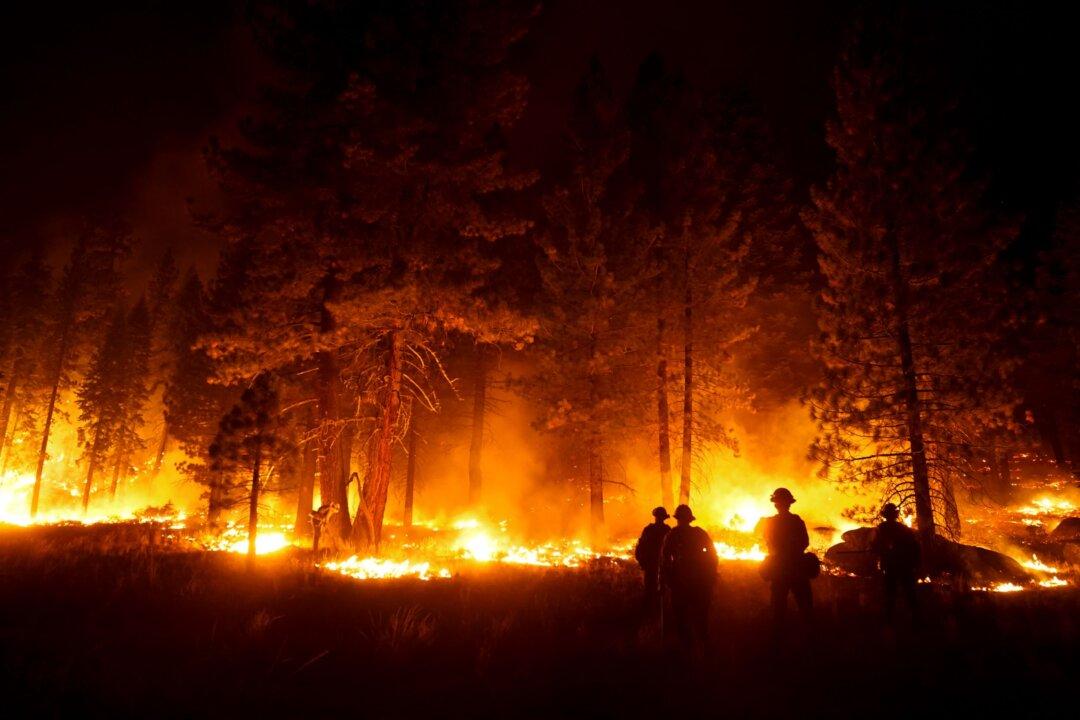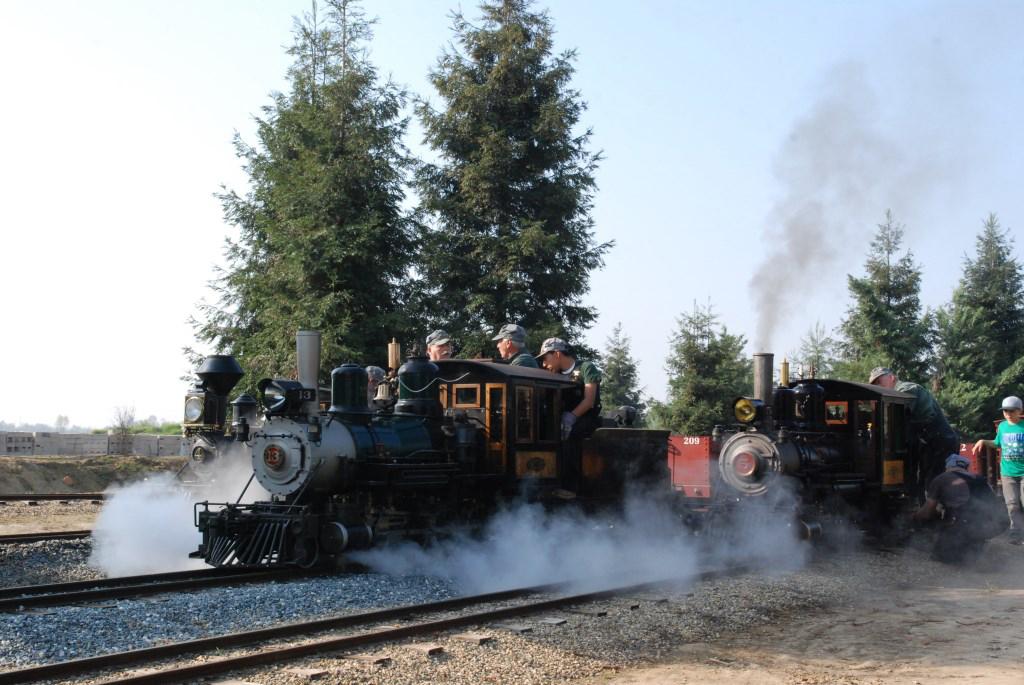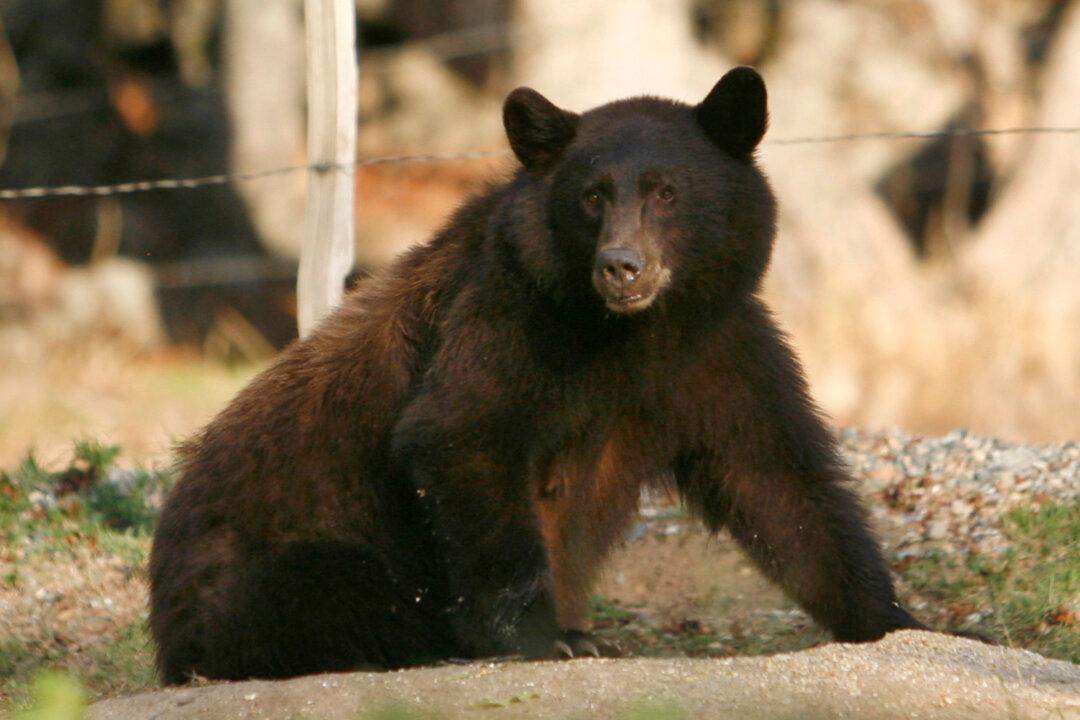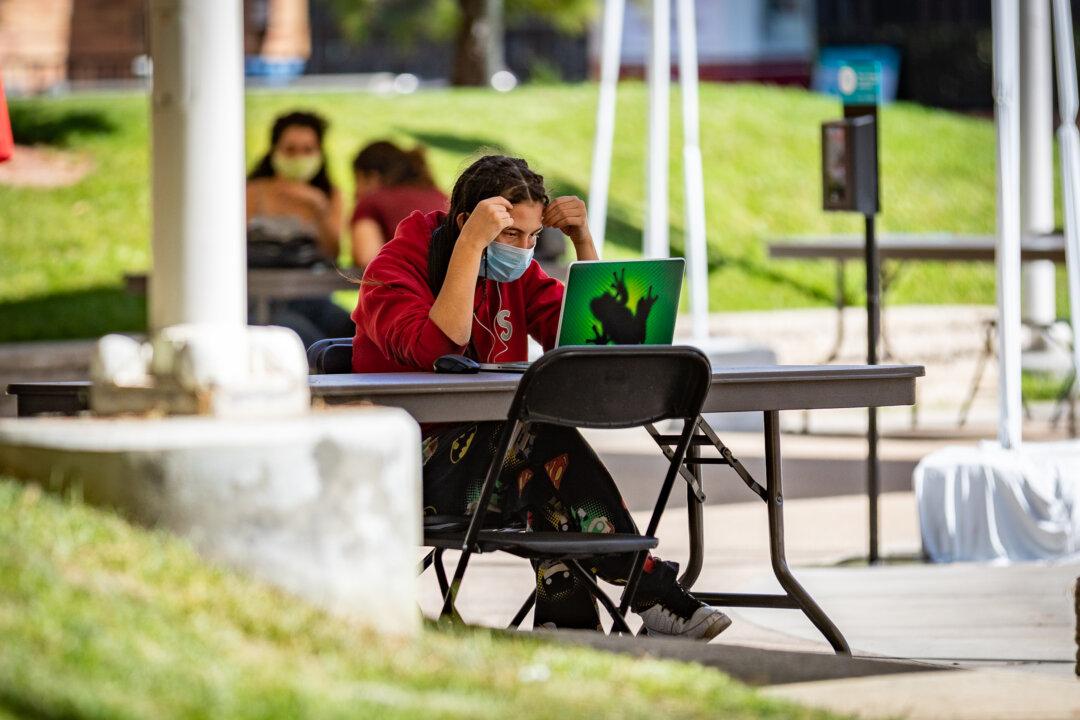With California set to ban plants within five feet of homes at risk for wildfire, residents in the South Lake Tahoe area are on track to implement strict new fire rules this month.
A new ordinance approved by the South Lake Tahoe City Council in June affecting the entire city will go into effect on July 18, mandating that businesses and homeowners keep their properties free of brush, shrubs, grasses, and other combustible material in a five-foot zone around structures, South Lake Tahoe Battalion Chief Kim George told The Epoch Times July 16.





